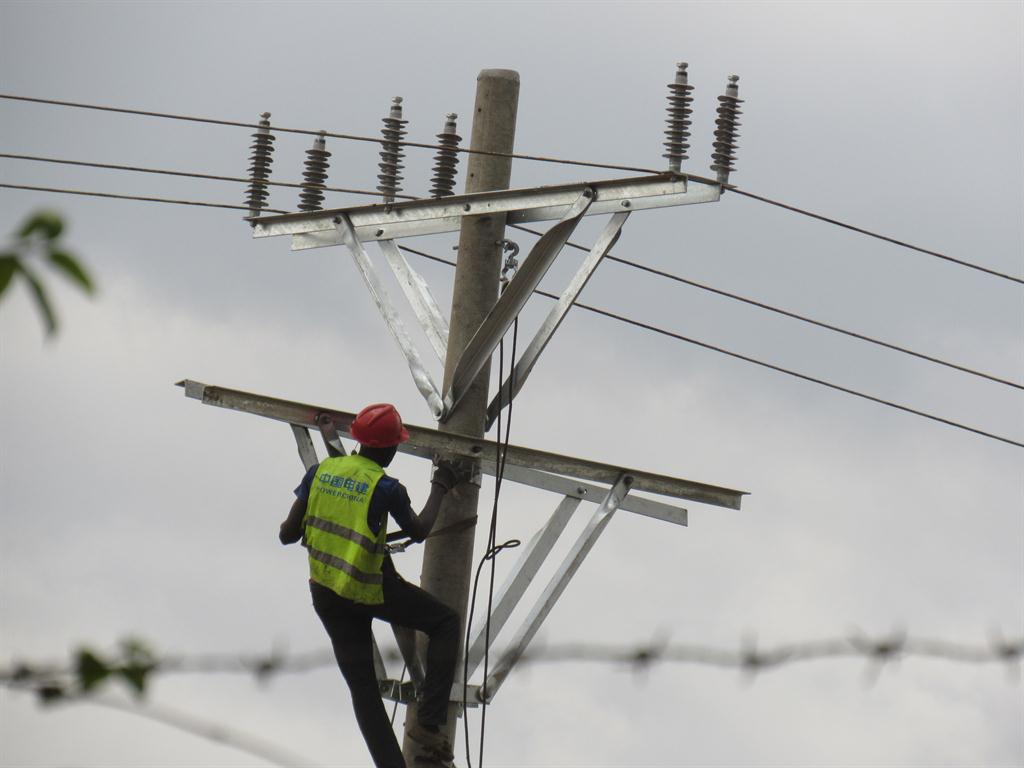Cabinet approves revised electricity supply model
The modified model allows electricity consumers and IPPs to transact with each other directly for the supply of electricity.
Cabinet has approved the revised Single Buyer Market Model for the Supply of Electricity which allows more for independent power producers (IPPs) to compete.
The model will be implemented in September this year.
The modified model allows electricity consumers and IPPs to transact with each other directly for the supply of electricity, to allow for competition and to allow for private sector investment.
Addressing a media conference on Thursday, the minister of information and communication technology, Stanley Simataa, said cabinet approved the revised model during the sixth cabinet meeting on Tuesday.
The existing model does not allow for IPPs to sell whatever they generate directly to the consumer as they are required to sell to NamPower.
Competition was also restrained for IPPs, thus revising the framework will allow IPPs to transact with each other and directly with the consumers.
“Since we are opening up, you will also have foreign entities investing in the energy sector,” Simataa said.
He said in the event where foreign investors are interested in investing in the energy sector, they should be persuaded to form joint ventures with Namibian entities.
State of the Nation
In his State of the Nation Address on Wednesday, president Hage Geingob said Namibia strives to achieve energy supply security through a mix of economically competitive and reliable sources.
Geingob said that emphasis is placed on the development of its own generating capacity, based primarily on renewable sources.
To this end, the National Integrated Resource Plan, National Energy Policy and National Independent Power Producer Policy were developed.
Geingob said during 2018, government took on a number of activities to realise energy supply security which include the reviewed single buyer model to enable the distribution of power supply, generated by independent power producers (IPPs).
Another activity was the de-regulation of the Single Buyer Model which was approved by cabinet, thus permitting IPPs to generate and distribute electricity to the end user.
Capacity
The Head of State further highlighted that as at December 2018, Namibia’s electricity demand stood at 652 megawatts, excluding Skorpion Zinc mine.
“The country increased local generating capacity from 400 megawatts in 2015, to 557 megawatts in 2018 - by NamPower and IPPs. In addition to locally generated power, we continue to import 318 megawatts from the Southern African Development Community Power Pool,” he said.
“Namibia generates 40% of its own electricity demand from renewable sources, which contribute a total 189 megawatts to national supply. The unbundling of distribution are key reforms that have opened up the sector for investment, to the tune of N$3 billion,” Geingob said.
He also pointed out that the rural electrification coverage has increased from approximately 18% in 2015 to 20% in 2018 and a total of 970 rural schools, health facilities and public institutions. - Nampa
The model will be implemented in September this year.
The modified model allows electricity consumers and IPPs to transact with each other directly for the supply of electricity, to allow for competition and to allow for private sector investment.
Addressing a media conference on Thursday, the minister of information and communication technology, Stanley Simataa, said cabinet approved the revised model during the sixth cabinet meeting on Tuesday.
The existing model does not allow for IPPs to sell whatever they generate directly to the consumer as they are required to sell to NamPower.
Competition was also restrained for IPPs, thus revising the framework will allow IPPs to transact with each other and directly with the consumers.
“Since we are opening up, you will also have foreign entities investing in the energy sector,” Simataa said.
He said in the event where foreign investors are interested in investing in the energy sector, they should be persuaded to form joint ventures with Namibian entities.
State of the Nation
In his State of the Nation Address on Wednesday, president Hage Geingob said Namibia strives to achieve energy supply security through a mix of economically competitive and reliable sources.
Geingob said that emphasis is placed on the development of its own generating capacity, based primarily on renewable sources.
To this end, the National Integrated Resource Plan, National Energy Policy and National Independent Power Producer Policy were developed.
Geingob said during 2018, government took on a number of activities to realise energy supply security which include the reviewed single buyer model to enable the distribution of power supply, generated by independent power producers (IPPs).
Another activity was the de-regulation of the Single Buyer Model which was approved by cabinet, thus permitting IPPs to generate and distribute electricity to the end user.
Capacity
The Head of State further highlighted that as at December 2018, Namibia’s electricity demand stood at 652 megawatts, excluding Skorpion Zinc mine.
“The country increased local generating capacity from 400 megawatts in 2015, to 557 megawatts in 2018 - by NamPower and IPPs. In addition to locally generated power, we continue to import 318 megawatts from the Southern African Development Community Power Pool,” he said.
“Namibia generates 40% of its own electricity demand from renewable sources, which contribute a total 189 megawatts to national supply. The unbundling of distribution are key reforms that have opened up the sector for investment, to the tune of N$3 billion,” Geingob said.
He also pointed out that the rural electrification coverage has increased from approximately 18% in 2015 to 20% in 2018 and a total of 970 rural schools, health facilities and public institutions. - Nampa





Comments
Namibian Sun
No comments have been left on this article